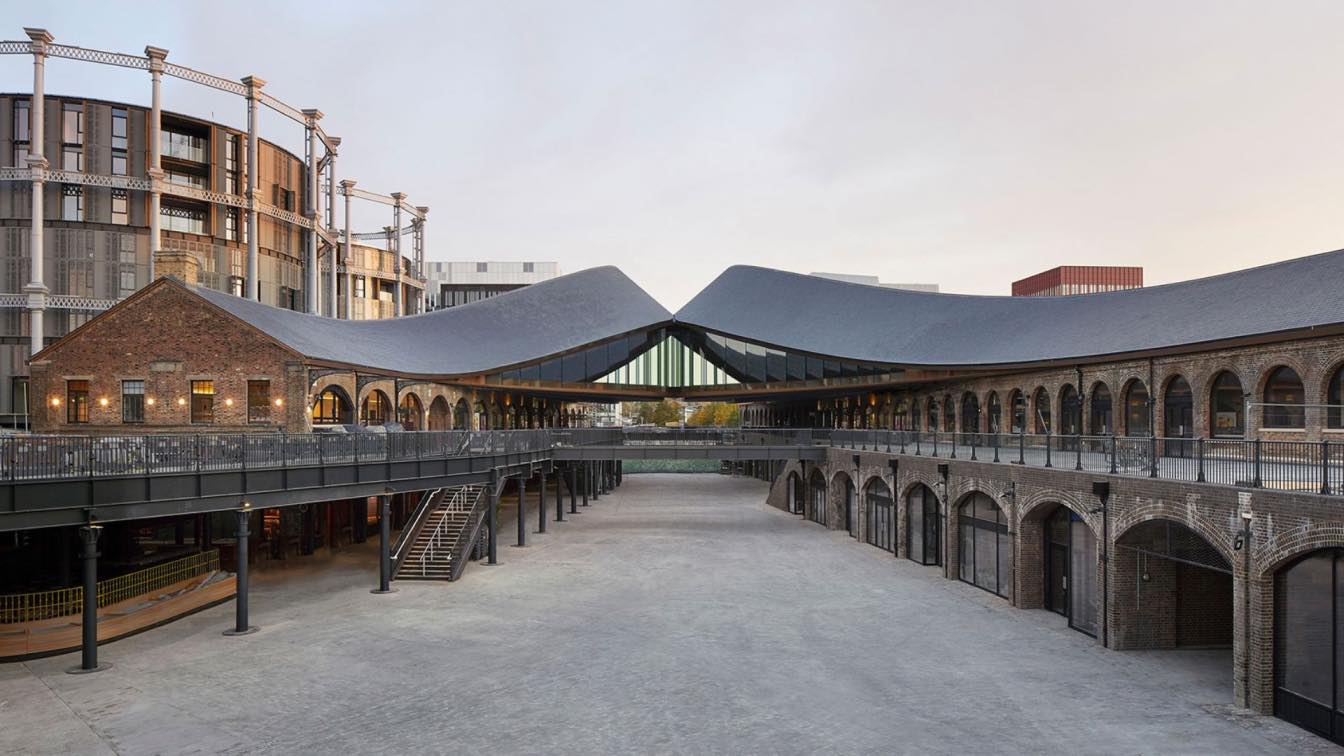Adaptive reuse, a burgeoning trend in architecture, is an innovative approach that breathes new life into historic structures.
By transforming these often neglected, aging buildings into modern, functional spaces, architects and developers are contributing to urban renewal and sustainability, all while preserving the cultural and architectural heritage that these structures represent.
Integral to this process, though less frequently spotlighted, are the intricate rental agreements. These agreements, while secondary to the architectural transformation, play a significant role in defining the terms of use and occupancy, thus serving as an underpinning element in the narrative of adaptive reuse.
The Concept of Adaptive Reuse
Adaptive reuse refers to the process of repurposing buildings — old factories, warehouses, schools, or churches — that have outlived their original purpose.
Rather than demolishing these structures and starting anew, architects and developers recognize the inherent value these buildings possess, not only in their often robust construction but also in the stories they tell and the historical context they provide.
Why Adaptive Reuse Matters
Beyond the sentimental value, these projects have a strong economic and environmental rationale. With existing structures, much of the embodied energy and materials have already been invested, making it a more sustainable choice compared to new construction.
Additionally, through thoughtful renovation, these structures can become lucrative assets, with their unique charm and character often attracting premium tenants.
Overcoming Challenges in Adaptive Reuse
Repurposing buildings, while beneficial in many ways, comes with its unique set of challenges.
Structural and Design Complications
Older structures were built for different purposes and to different specifications. They might lack the features required for modern usage, such as energy efficiency, accessibility standards, or simply the spatial requirements for their new function.
Dealing with Regulations and Permits
Historical buildings often have restrictions to protect their architectural heritage. Developers must be careful not to infringe upon these rules while making necessary alterations.
Obtaining the required permits and complying with regulations can be a complex and time-consuming process.
Despite these challenges, successful projects demonstrate that with creativity and careful planning, these obstacles can be overcome, resulting in structures that are unique, functional, and rich in historical value.
Navigating Rental Agreements in Adaptive Reuse Projects
One of the considerations in this type of project is the understanding and negotiation of rental agreements.
These documents define the terms and conditions under which the property is leased, outlining responsibilities and expectations for both parties involved.
In the context of adaptive reuse, rental agreements can be a complex matter, reflecting the unique challenges and requirements of repurposing historic structures.
Balancing Rights and Responsibilities
Rental agreements must strike a balance between the rights of the tenant and the responsibilities of the developer.
These contracts need to account for potential complexities such as the preservation of historical features, adherence to building regulations and codes, and necessary modifications for modern usage.
Moreover, these contracts also play a vital role in outlining the extent and nature of renovations allowed, the distribution of maintenance duties, and provisions for unforeseen circumstances like damage to historic elements.
The fine print of these contracts can even touch upon aesthetic considerations, ensuring that any changes align with the overall vision for the space while respecting its historic character.
Thus, crafting a rental agreement for a project involves an intricate dance between legal, practical, and aesthetic concerns, all aimed at ensuring a successful transformation of the space.
Iconic Examples of Adaptive Reuse
Adaptive reuse is not a new concept, and there are many inspirational examples worldwide that demonstrate the potential of this approach.
The High Line, New York City
An abandoned elevated railway track was transformed into a vibrant public park in Manhattan. The High Line is a testament to the power of reuse, combining urban renewal with historic preservation in a unique fusion of architecture and landscape design.
The Tate Modern, London
Once a disused power station, the Tate Modern is now one of the world's leading contemporary art museums. The building's industrial past is still evident in its design, providing a stark and impactful backdrop to the art it houses.
The Future of Adaptive Reuse
As cities continue to grow and change, the importance of adaptive reuse in urban development is likely to increase.
Encouraging Sustainable Development
In the face of global environmental concerns, the reuse of buildings contributes to sustainability by reducing waste, saving resources, and minimizing the carbon footprint associated with new construction.
Preserving Cultural Heritage
By giving old buildings new life, we are preserving architectural monuments and cultural landmarks, maintaining a tangible link to our past, and ensuring the rich narratives and cultural significance they embody are safeguarded for future generations.
These repurposed structures foster a sense of connection and continuity with our history while embracing the needs and aspirations of the present. As repurposing buildings continues to shape the urban landscape, it reinforces the importance of valuing and cherishing our cultural heritage in the ever-changing tapestry of modern society.
Adaptive reuse represents an exciting and innovative approach in modern architecture, marrying the old with the new in a sustainable, economically viable way. Through thoughtful design, developers and architects are preserving our architectural heritage while meeting the demands of a rapidly evolving urban landscape.





